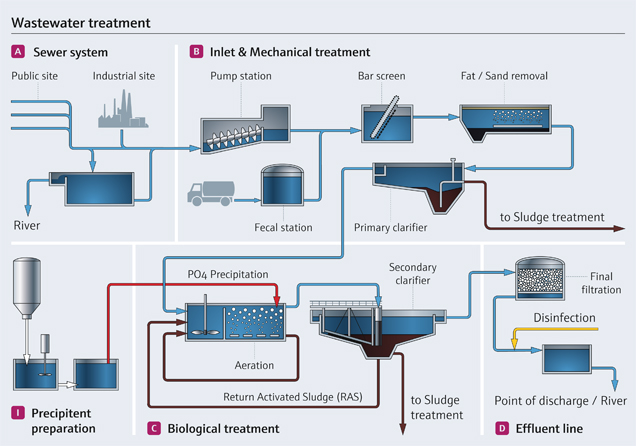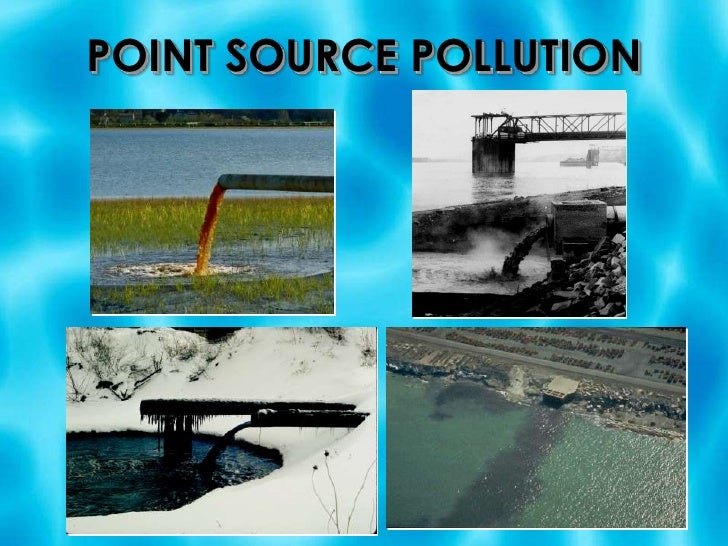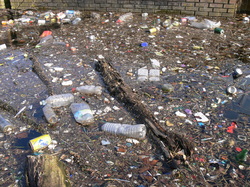What is the importance of water?
Today, I'll talk about the importance of water. Water is one of the most important substances on earth. All plants and animals must have water to survive. If there was no water there would be no life on earth.
Daily uses of water
(source from http://tiffanyolay.com/What-is-Your-WaterMark)
Water-Borne diseases in Malaysia
- 2600 cases of gastroenteritis in Seremban(1982)
- 81 cases of infectious hepatitis in Raub(1987)
- 940 cases of infectious hepatitis in Kota Belud(1988)
- 300 cases of typoidfever in Johor Bahru(1990)
- 1278 cases of cholera in Penang (May 1996)
(Source: Engineering Services Division, Ministry of Health, Malaysia)
Basic components of a water supply system

(source from https://www.tauranga.govt.nz/services/waterdrainage-vehicle-crossings/water-supply/water-supply-system.aspx)
Water Resources
- There are two main sources of drinking water used by human population are:
(a) surface water
(b) underground water.
- Surface water are from rivers and lakes, groundwater which is stored naturally in underground aquifers.
Water Resources in Malaysia
- In Malaysia, water resources are state matters under the Federal Constitution and policies on management, regulation and development fall under the jurisdiction of the states.
- Various Federal and State agencies are responsible for water resources development and management are mainly focus:
(a) water supply.
(b) irrigation.
(c) hydro power generation.
- In Peninsular Malaysia, the total water resources are dominated by the amount of water that flows in surface streams after rainfall.
- The source of all water is rainfall, with heavy rainfall during the monsoon seasons.
Water Quality Index
- The Department of Environment (DOE) started in 1978 to monitor the river water quality in Malaysia.
- It was initially to establish water quality baseline and subsequently to detect water quality changes, and identify pollution sources.
-River water quality appraisal is based on the Water Quality Index (WQI) such as:
(a) Dissolved Oxygen (DO)
(b) Biochemical Oxygen Demand (BOD)
(c) Chemical Oxygen Demand (COD)
(d) Ammoniacal Nitrogen (AN)
(e) Suspended Solids (SS)
(f) pH
-It serves as a basis for environmental assessment of a watercourse in relation to pollution categorization and designated classes of beneficial uses.
Water Quality Index in Malaysia

(source from http://www.riverbasin.org/index.cfm?&menuid=81)
Water Treatment Plant
-The function of water treatment plant is to remove sediment
and inject chemicals.

(source : http://www.endress.com/en/Endress-Hauser-group/industry-instrumentation-expertise/water-wastewater/water-wastewater-portfolio/wastewater-treatment)
Water Problem and Issues
1. Drought:
- The cause of drought is due of climate changes.
- It can threatens public health and safety.
- There is a need to conserve over the long term to prepare for the uncertainty.
2. Pipe failures- Malaysia’s non-revenue water is currently 39%.
- 26% lost via damaged water pipes
- 6% through inaccurate meter reading
- 5% was stolen
- 2% was due to other reasons.
- It also an increasing problem as pipelines age and reach critical levels of predictable.
3. Water Quality Issues:
-The effect of urbanisation in population activities change the quality of run off within a catchment and its receiving waters.
- If this trend persists, the costs to rehabilitate the river and water treatment facilities will require higher investments.
4. Legislation Issues:
- The lack of effective legislation, institutional arrangements and human resources for the monitoring and control of pollution and the absence of effective cost-recovery systems at the local or national level.
5. Water-borne Diseases:
- Pathogens in water that can cause illness to human and animal.
- Poor sanitation and water supply.
Water Pollution
- Water pollution is the contamination of water bodies (lake, sea or even rivers).
- This form of environmental degradation occurs when pollutants are directly or indirectly discharged into water bodies without adequate treatment to remove harmful compounds.
Water Quality Parameter
 (source: http://www.h2okitswaterblog.com/tag/water-quality-testing/)
(source: http://www.h2okitswaterblog.com/tag/water-quality-testing/)Source of water pollution came from:

(source: http://thankyouocean.org/threats/water-pollution/)
There 2 sources of pollution:
1) Point water pollution source:
- Point sources discharge pollutants at specific locations (direct) through pipelines or sewers into the surface water.
- Examples of point sources are: factories, sewage treatment plants, underground mines, oil wells, oil tankers and agriculture.

(source; http://www.slideshare.net/cpelfrey/water-pollution-power-point)
2) Non- point water pollution source:
- Non-point sources are sources that cannot be traced (indirect) to a single site of discharge.
- Examples of non-point sources are: acid deposition from the air, traffic, pollutants that are spread through rivers and pollutants that enter the water through groundwater.
- It is hard to control because the perpetrators cannot be traced.
(source: http://mysticriver.org/non-point-source-pollution/)
Major sources of water pollution:
There are 3 major sources of water pollution which are:
(a) Domestic
(b) Agricultural
(c) Industrial
(a) Domestic
- Wastewater that generated from the household activities.
- It contains organic and inorganic materials such as phosphates and nitrates.
- Organic materials are food and vegetable waste, whereas inorganic materials come from soaps and detergents.

(source: http://sewagedomesticandindrustrial.weebly.com/domestic-pollution.html)
(b) Agricultural
- Caused by agricultural wastes:
(a) Fertilizers
(b) Pesticides
(c) Soil additives
(d) Antibiotics/drugs
(e) Animal wastes
-It then washed off from the land to the aquatic system through irrigation, rainfall and leaching.

(source: https://www.aadnc-aandc.gc.ca/eng)
(c) Industrial
- It caused by the discharged of industrial effluents.
-The industrial effluents contain organic pollutants and other toxic chemicals.
-Some of the pollutants from industrial source include lead, mercury, asbestos, nitrates, phosphates, oils, etc.
(source: http://postconflict.unep.ch/sudanreport/sudan_website/index_photos_2.php?key=water%20pollution)
(source: http://www.eea.europa.eu/themes/water/water-pollution)
Drinking Water Legislation
- Drinking water should be free from any pathogen, virus or fine particles which can cause a disease or bad effect to human bodies.
- WHO’s Guideline for Drinking Water Quality.
- Malaysia National Standard for Drinking Water Quality.
All the points are not mine and some point was from my lecturer named Mohd Jamalil Azam Bin Mustafa, please refer the link at below and at the image:
i) http://www.health.gov.au/
ii) https://en.wikipedia.org/wiki/Water_pollution


No comments:
Post a Comment